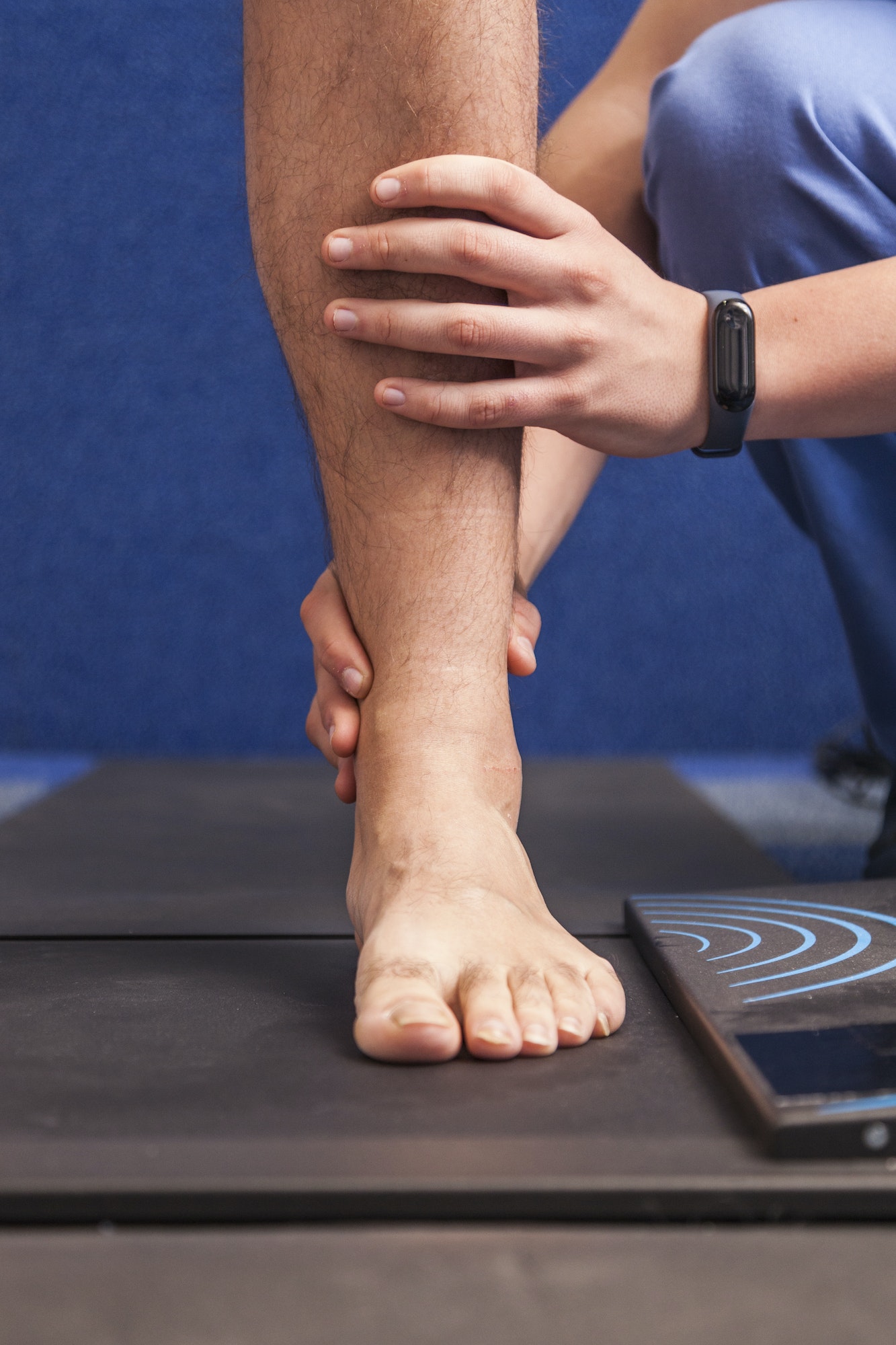Table of Contents
Driving With a Broken Foot: The Don’ts
There are some clear no-nos, of course: if your right foot is in a cast or brace, you absolutely should not drive. There is just no way to drive safely with this kind of obstruction to your driving foot.
Equally, if you’re on any kind of narcotic pain-killers, you should not get behind the wheel. Ever. Doing so would be the equivalent of driving after a night of heavy drinking. It’s just not safe.
The Grey Areas of Injured Driving
What if it’s not your driving foot that’s been casted?
This is where answers become a little less clear cut: you may be able to operate a car safely, but then again, you might not be. The only safe way to test out your readiness in this type of instance is to practice driving in an empty parking lot: if the cast does not seem to be affecting your ability to brake or apply the gas pedal, and if you aren’t experiencing distracting discomfort, it is likely that you will be safe behind the wheel but, of course, there are no guarantees.
It’s important to note that you should check with your doctor before even attempting this parking lot test—in fact, if you’re driving with a cast on, your car insurance may require a doctor’s written permission before you get back behind the wheel. As may a police office, if you happen to get pulled over while driving with a fracture.
One final cautionary word—even if you’ve been cleared to drive by your doctor, and even if your cast is not on your driving foot, there may be some days after a foot injury where you aren’t safe behind the wheel. Rate your own pain levels before reaching for your keys—if you’re at a five or higher, you may be distracted by discomfort, lowering your reaction time in traffic. Common sense should always come before any other considerations; when in doubt about your ability to control a car, it’s always wise to turn to a friend family member…or, when all else fails, Uber or Lyft!
What Happens After My Cast Comes Off?
Once your cast has been removed, regardless of which leg was immobilized, don’t assume that you’ll be able to drive immediately. After weeks in a cast, strength in your foot and/or ankle will be diminished; you’ll therefore want to wait until your walking has returned to normal before even attempting to drive.
As a general guide, the post-fracture timeline for getting back to driving is as follows:
Foot Fractures: Wait six weeks after your cast comes off, assuming normal walking has returned
Ankle Fractures: Wait nine weeks before returning to your regular driving routines
While these are general suggestions, every individual’s recovery time will vary, so talking to your doctor about driving (and checking in regularly during your recovery) is the best way to ensure a safe return to motoring. According to a recent study sighted in the New York Times, a shocking 35% of surgeons don’t discuss post-operative driving safety with their patients; apparently, they’re afraid to take any stand on driving out of fear that they’ll be held liable if a patient decides to drive and gets in an accident.
At Prairie Path Foot and Ankle, we never want you to leave our office with unanswered questions about your safety. We are always happy to answer your questions, whether you are concerned about driving, walking or returning to exercise. While we may not give you a hard-and-fast answer regarding your return-to-driving timeline, we can at least highlight all the safety issues involved so you can make a better, more informed, decision.
If you take anything away from this article, your Elmhurst podiatrists want it to be this: whenever you are driving with a painful injury like a broken foot or ankle, even if you are doing so after your cast has been removed, you must always be aware of your mental acuity. Even if your injury doesn’t directly affect your ability to drive, if you’re not sleeping well or are just feeling a little bit off, it may not be safe for you to get behind the wheel, regardless of your physical ability to do so.
When you’ve broken a bone in your foot or ankle, you’ll obviously be concerned about your mobility, but you must always put safety before concerns about being inconvenienced. Only you can decide when you’re really ready to drive after an injury like this, but we hope that you’ll involve your doctors in the conversation, so we can keep you safe during and after your recovery period.

Meet Weil Foot & Ankle Institute
By: Weil Foot & Ankle Institute, Published: Jan 22nd, 2022
Review By: Kristin Abruscato DPT – Jan 19th, 2023


